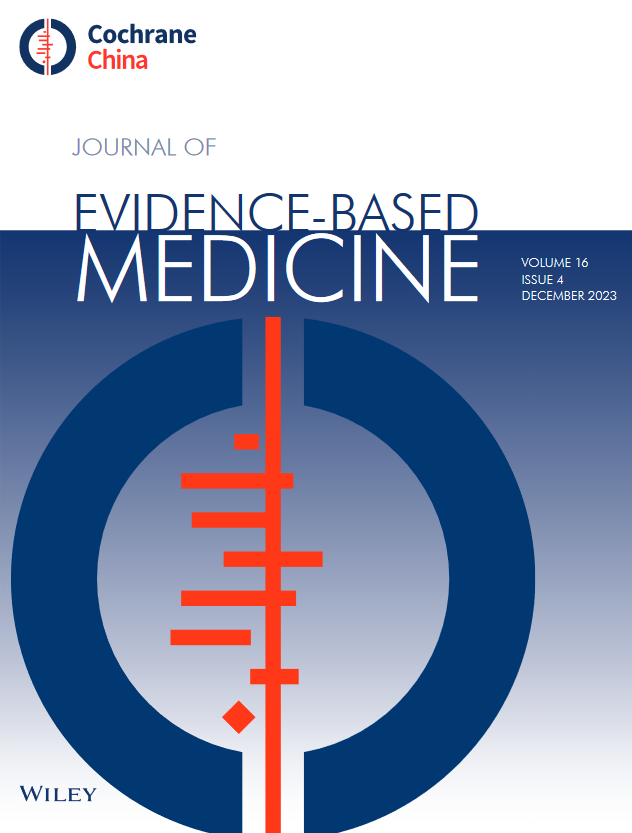The Guidelines for use and promotion of low sodium salt in China
Abstract
Aim
Both excessive intake of sodium and inadequate intake of potassium are associated with blood pressure elevation and subsequent increase in the risk of cardiovascular disease, which accounts for the largest number of deaths in China and worldwide. Low sodium salt, a mixture of mainly sodium chloride and potassium chloride, has shown its great potential as a promising population strategy for sodium intake reduction through multiple large-scale, multicenter, randomized controlled trials among populations including patients with cardiovascular disease, individuals with and without hypertension, older and younger adults, and men and women in China and other countries. This Guidelines aims to provide expert recommendations for promotion and use of low sodium salt in China, based on the current available scientific evidence regarding the effectiveness, safety, cost-effectiveness, and acceptability of low sodium salts in various population groups and different application scenarios. The suggestions to key stakeholders are also made.
Methods
A working group, an expert review committee and an advisory committee were established to be responsible for formulating the guidelines’ scope and key questions to be addressed, for searching, synthesizing, and evaluating research evidence, proposing and reviewing the recommendations. The consensus on the final recommendations was reached using the GRADE grid method.
Results
The working group summarized current available evidence of salt substitution regarding its effectiveness, safety, cost-effectiveness, acceptability, availability, suitability, etc. The Guidelines provided six recommendations advising different populations how to use low sodium salt, four recommendations on the application of low sodium salts in different scenarios, and five suggestions for key stakeholders to promote salt substitution.
Conclusion
The first evidence-based guidelines on promotion and use of low sodium salts covers all key questions in relevance and would play a critical role in prevention and control of hypertension and cardiovascular disease in China and worldwide.

 求助内容:
求助内容: 应助结果提醒方式:
应助结果提醒方式:


